7 of the Largest Refugee Crises Around the World and Their Effects on Hunger
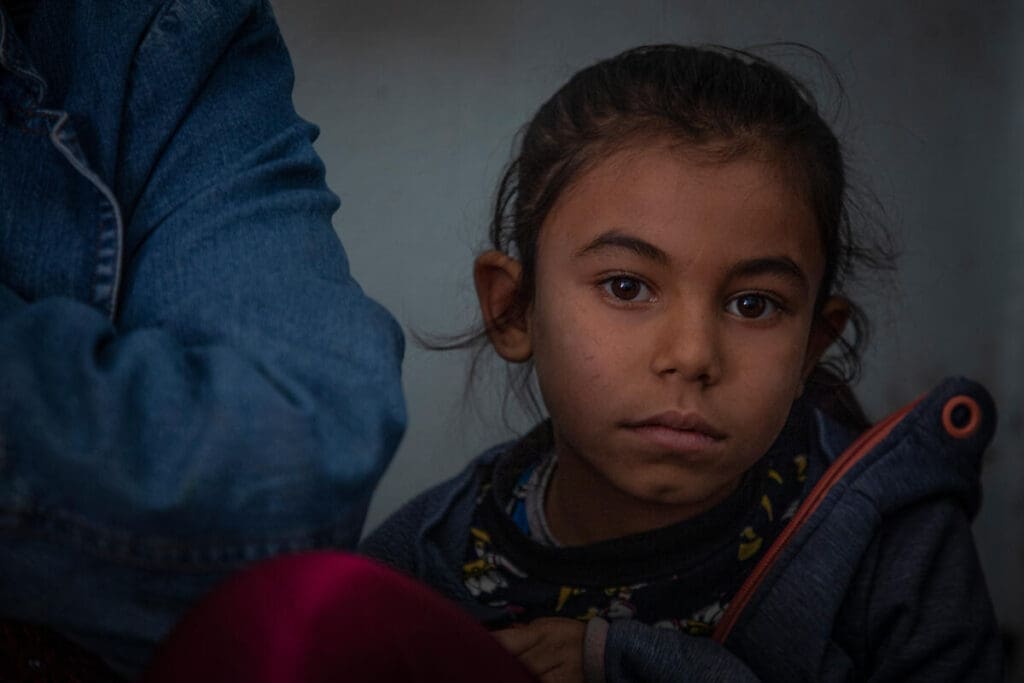
Imagine being forced to flee your home at a moment’s notice to escape war, persecution or an environmental disaster. Imagine leaving behind everything you know and trust, taking only what you can carry.
Nearly 90 million people on earth understand exactly what that moment feels like. Most of them are refugees who have had to leave their country to find safety, food and jobs. The rest have fled their homes but haven’t made it past their country’s borders. They’re known as internally displaced persons (IDPs).
Refugees and IDPs face some of the toughest challenges imaginable in their search for stability. One of the worst is hunger.
Below are seven of the biggest and most devastating refugee crises in the world right now and what the United Nations World Food Programme (WFP) is doing to help.
1. Syria: 12.1 Million People Displaced
The conflict in Syria reaches back to 2011 when the Arab Spring uprisings in Tunisia and Egypt inspired many Syrians to protest against their own country’s corruption and high unemployment rate. Staunch government opposition created further unrest and violence, giving way to a brutal war that has evolved into a long-term, complex civil conflict. The result is an economic crisis, rampant poverty and widespread displacement – all of which are driving millions of people into hunger.
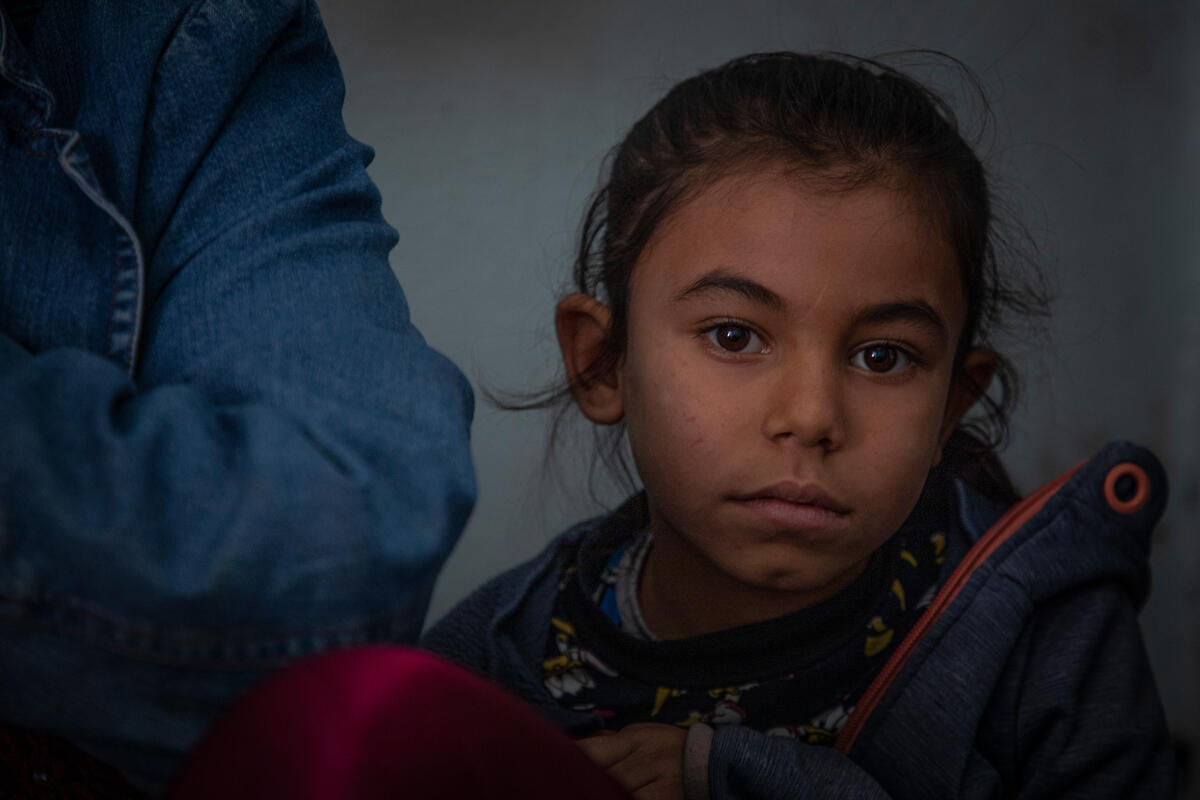
The Syrian refugee crisis remains the largest humanitarian and development crisis in the world.
6.8 million Syrians are internally displaced, and 5.3 million have been forced to seek safety as refugees in Lebanon, Turkey, Jordan and beyond.
Most Syrians who live in neighboring countries have few to no financial resources. In Lebanon for example, nine out of ten refugees now live in extreme poverty. Many share small, makeshift homes with other refugee families in overcrowded conditions. Within Syria, 12.1 million people are food insecure.
The U.N. World Food Programme is in Syria doing whatever it takes to reach 5.6 million people a month with lifesaving foods like rice, beans, oil and wheat. We are also active in nearby countries like Jordan, where almost 90% of Syrian refugees are either already severely hungry or teetering on the edge. We’ve responded by meeting the basic food needs of nearly 500,000 of them with food assistance every month.
2. Ukraine: 11.3 Million People Displaced
In early 2014, armed conflict broke out in eastern Ukraine following Russia’s annexation of Crimea. Fighting has simmered since despite efforts at diplomacy and cease-fires. Since Russia launched a full-scale military invasion into Ukraine in February of 2022, more than 5 million people have been internally displaced, and 6.3 million are now refugees in neighboring countries like Moldova, Poland, Romania, Slovakia, Hungary and Belarus. Inside of Ukraine, 11 million people are facing hunger.
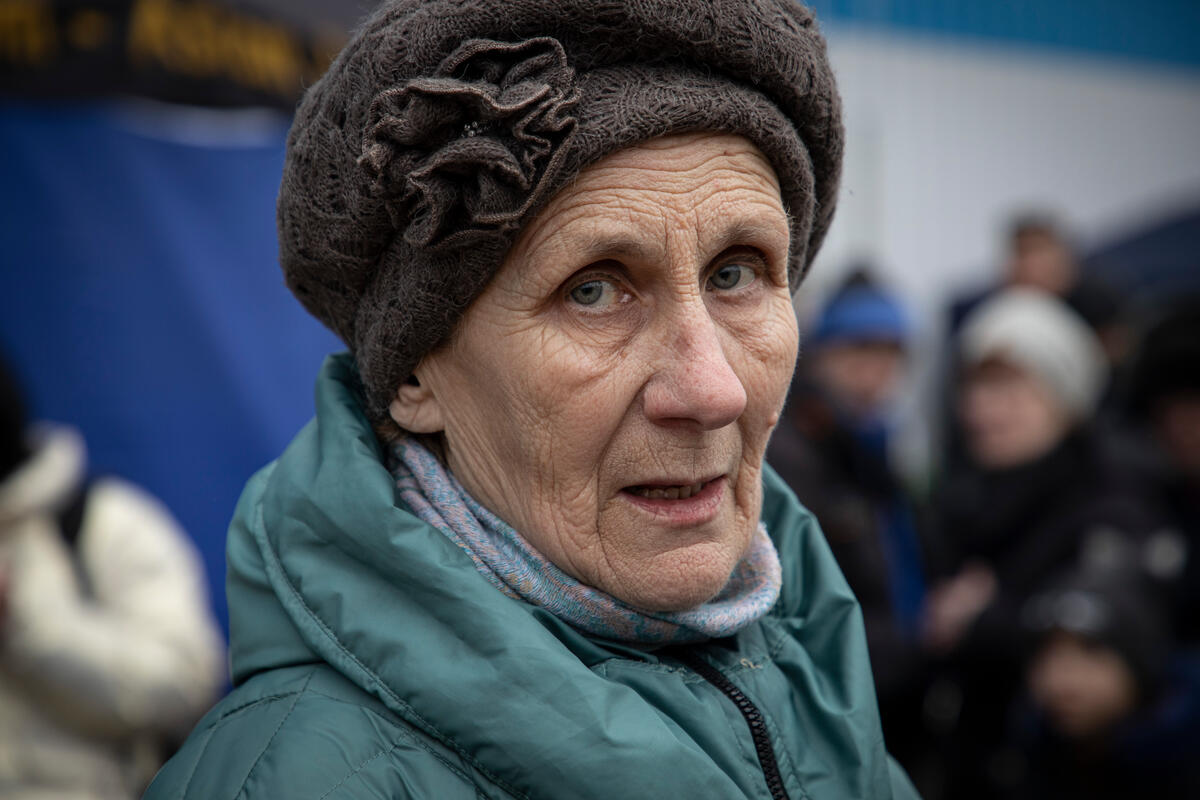
The war in Ukraine has caused one of the fastest forced population movements since the World War II.
The war has transformed what is known as “the breadbasket of the world” into a global humanitarian crisis. Before the invasion, Ukrainian grain fed 400 million people around the world. Now, the number of people facing severe hunger is expected to rise by 47 million as the conflict continues.
The U.N. World Food Programme helped Ukrainians in 2014, and now we’re back. In February of 2022, Ukraine’s government officials requested our help almost immediately. In response, we’ve deployed both food and cash assistance to nearly half a million refugees and IDPs every month. Food deliveries include bread, rice, oil, canned meat, and high energy biscuits. We’re also providing support to host countries like Moldova that have welcomed Ukrainian refugees with open arms. We reached over 4 million people within the first four months of our operations.
3. Afghanistan: 5.8 Million Displaced
Decades of conflict and insecurity have derailed Afghanistan’s economic growth and torn communities apart. The withdrawal of international troops in 2021 upended the lives of millions of Afghan families who are now facing uncertainty and extreme hunger. 15.3 million Afghans are facing food insecurity.

Nearly 19 million people are severely hungry in Afghanistan, including hundreds of thousands who have been displaced by conflict since 2021.
More than 6 million Afghans have been forcibly displaced from their homes by the end of 2021: 3.5 million are within the country and 2.3 million are refugees. The vast majority have fled to Pakistan and Iran.
We’ve been working in Afghanistan since 1963 – with a special focus on women and girls – helping families, schoolchildren, IDPs and returning refugees get the food they need. With your help, we’ve already supported over 21 million Afghans this year with food and cash, nutrition support, school meals, skills training and infrastructure repair.
4. Venezuela: 7.1 Million Displaced
7.1 million Venezuelans have been forced to flee their homes after years of hardship, and an estimated 2,000 people are still leaving the country every day. In 2014, the country suffered a startling economic collapse while political opposition to the ruling government caused great unrest.
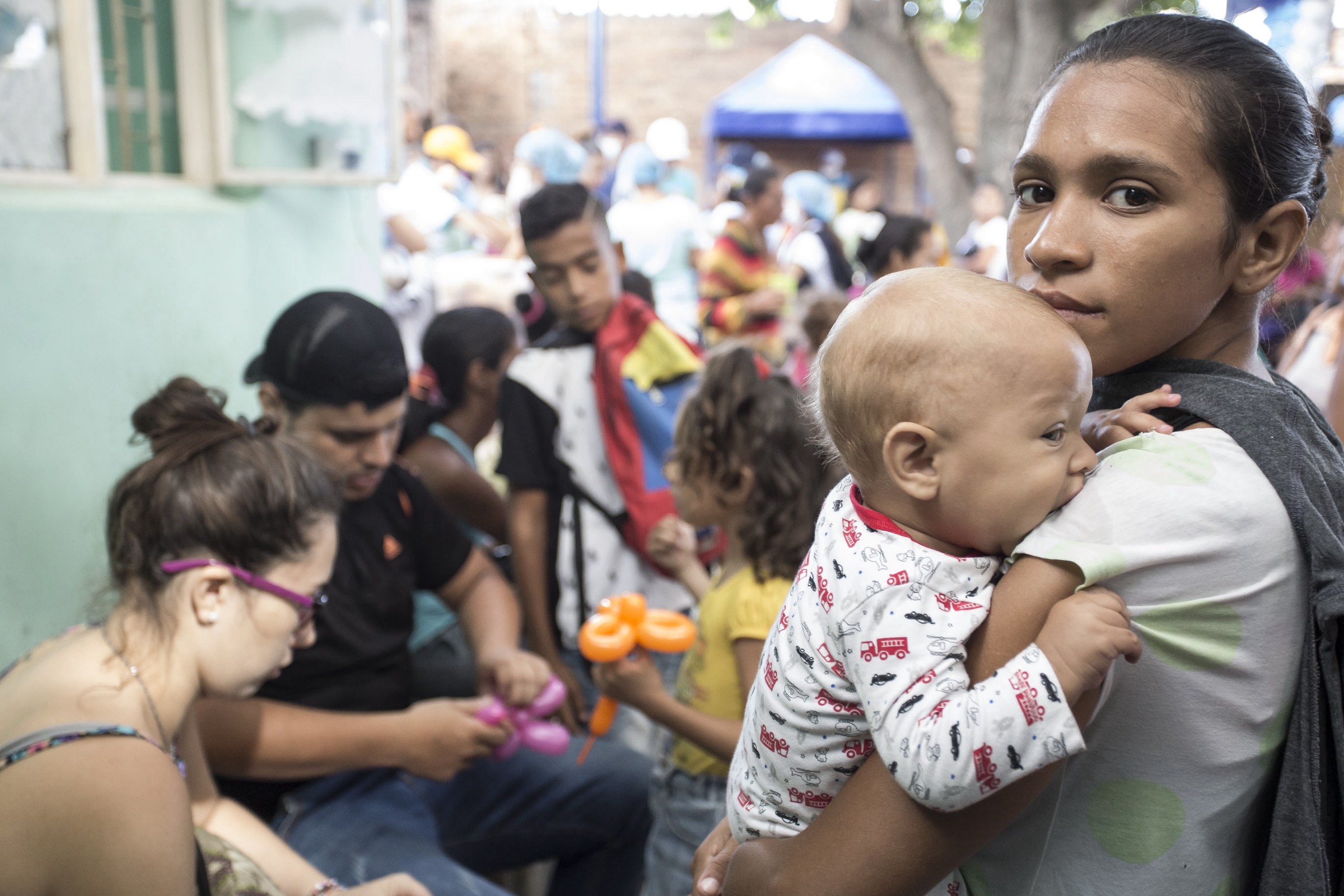
Since 2018, most Venezuelan migrants have been women, children and elderly people leaving to reunite with family.
Today, Venezuelan refugees and migrants have been driven from their homes by hyperinflation, violence, and food and medicine shortages stemming from the turmoil. 2.3 million people are facing severe levels of hunger while diseases like cholera and malaria have returned to the country. Children are increasingly dying of hunger and malnutrition, and COVID-19 has exacerbated the crisis.
Refugees who returned after losing jobs abroad during the pandemic have been unable to find work back home. And ongoing shortages of fuel, electricity and clean water have sparked riots, leaving many with no choice but to flee again.
In 2021 – after 40 years – we restarted our school meals program in Venezuela. We plan to expand the program to reach over 1.5 million students and school staff by the end of 2023.
We’re also caring for migrants across Central America, offering food and other assistance.
5. South Sudan: 4.5 Million Displaced
After 20 years of struggle, South Sudan gained its independence from Sudan on July 9, 2011. High hopes for the future of the world’s newest country were shattered in 2013 when conflict within the ruling Sudan People’s Liberation Army (SPLA) plunged the country into war. Ongoing waves of violence have raged on since.

During rainy seasons, refugees are faced with the disastrous impacts of flooding including food shortages and disease.
The conflict has killed thousands and driven more than 4 million people from their homes. 2.2 million people remain displaced inside the country, and 2.3 million have fled to neighboring countries – mainly to Ethiopia, Sudan and Uganda – in a desperate bid to reach safety. A majority of the refugees are women and children. Many cross the border alone, weak and malnourished.
Today, South Sudan is facing its hungriest year ever. 7.7 million people are expected to suffer from the most extreme levels of food insecurity, and many will starve without help. That’s why the U.N. World Food Programme has been providing lifesaving support to millions of people in virtually all areas of the country since 2011 (and as part of Sudan since 1963).
6. Central African Republic (CAR): 1.3 Million Displaced
Since gaining independence in 1960, the Central African Republic (CAR) has endured decades of violence and instability. In 2013, an outbreak of conflict between armed groups forced more than 640,000 people to flee the country and about the same number to become internally displaced. Most of them sought refuge in neighboring countries: Cameroon, Chad, the Democratic Republic of the Congo (DRC) and the Republic of the Congo with smaller numbers in Sudan and South Sudan.
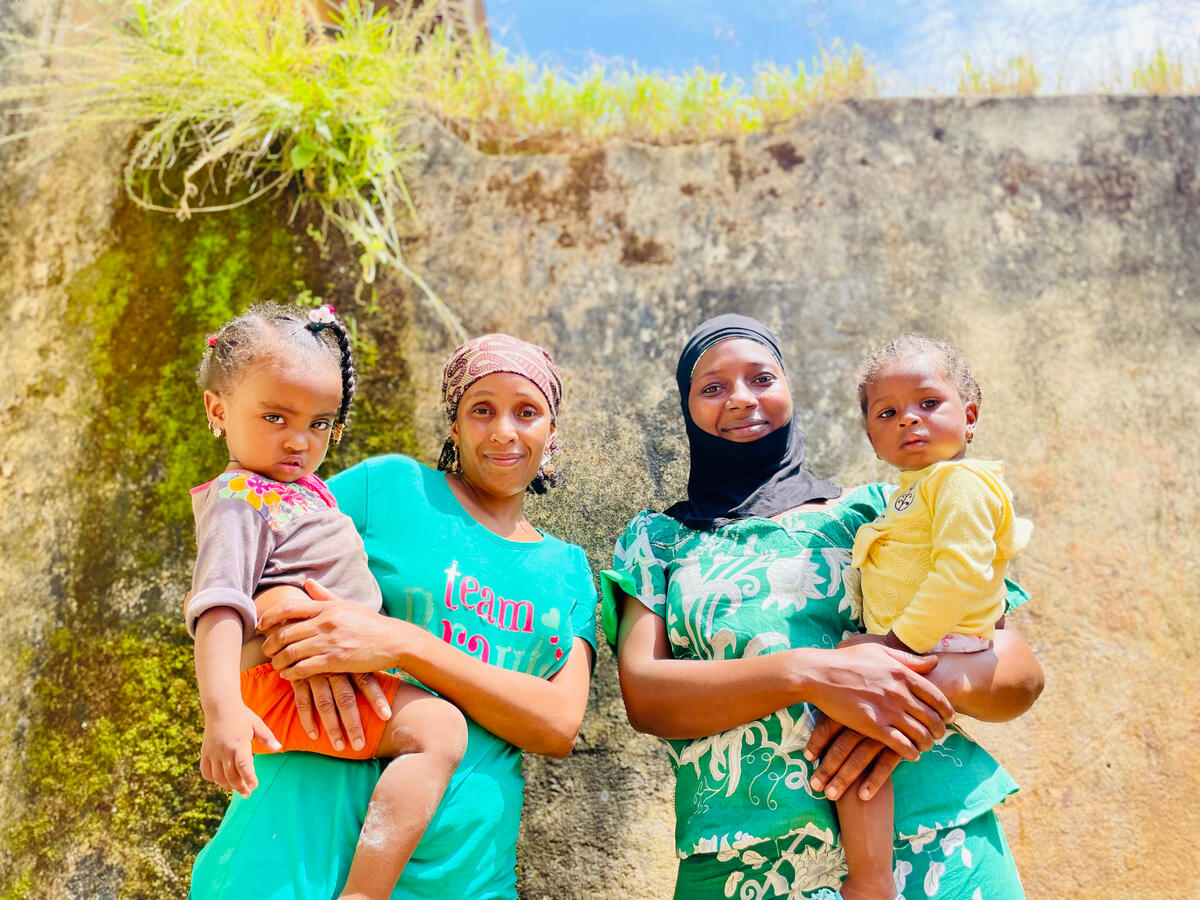
Over 90% of those fleeing CAR have found refuge in the DRC, which faces its own long-term struggles.
A decade later, 762,700 people have fled the Central African Republic and 515,700 people are internally displaced. Within the Central African Republic, 21.2 million people are facing hunger – almost half of the population.
The U.N. World Food Programme is in CAR and host countries providing food, cash assistance and helping small-scale farmers. We also help refugees and IDPs with school meals, malnutrition treatments for children, fortified food distribution, vaccines and health training.
7. Myanmar: 1.7 Million Displaced
Myanmar, also known as Burma, has suffered from decades of conflict that have displaced millions of people in recent years. The most affected group by far is the Rohingya: an ethnic minority in the country who have suffered from armed attacks, targeted violence and human rights violations – forcing hundreds of thousands to flee their homes.
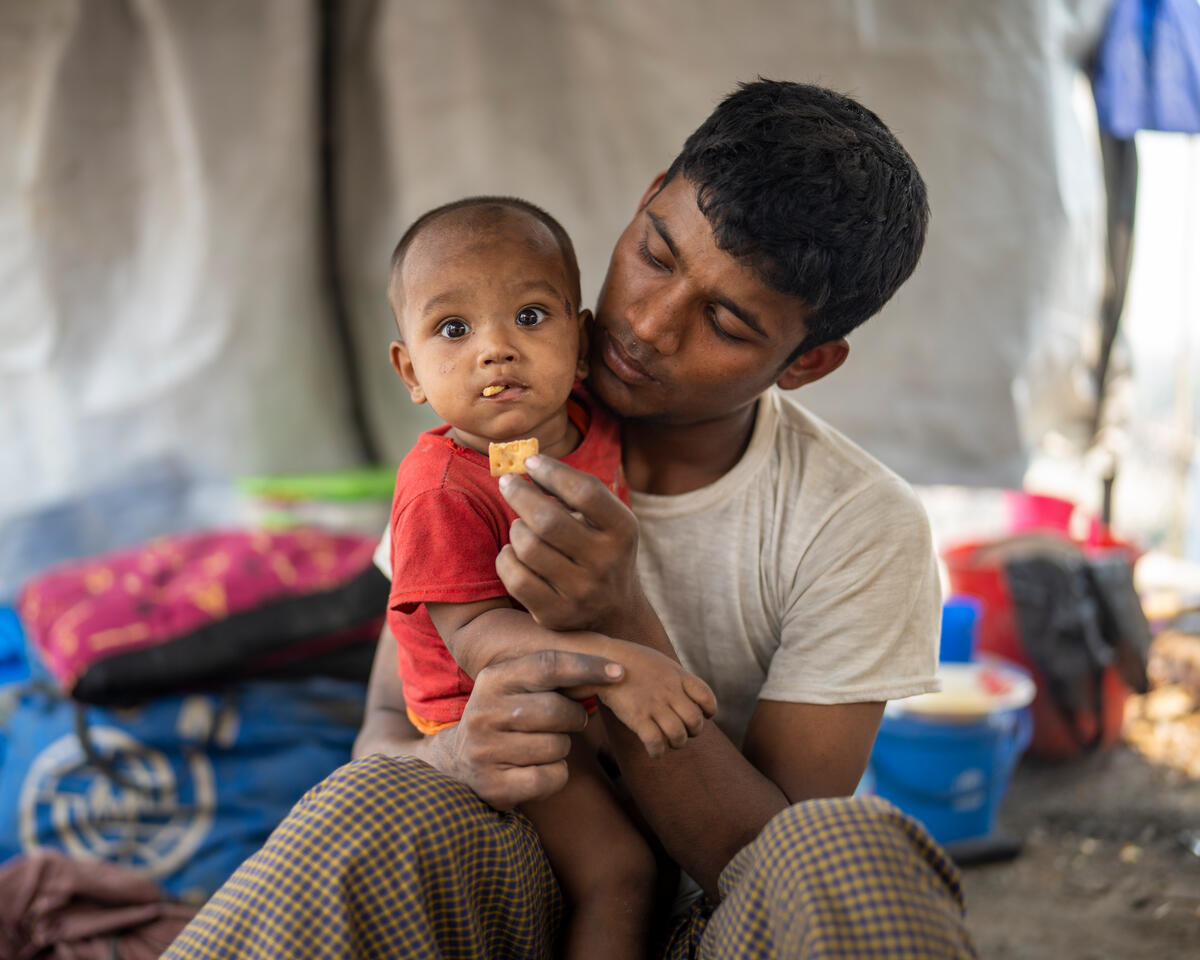
Bangladesh recently saw a massive influx of Rohingya refugees from Myanmar, with more than 740,000 people fleeing across the border since August 2017.
The United Nations has described the Rohingya as “the most persecuted minority in the world.” They have been denied citizenship since 1982, making them the largest stateless population. These circumstances also make them extremely vulnerable to exploitation, abuse, and sexual and gender-based violence.
Today, 810,000 people are internally displaced within Myanmar, with 13.2 million people facing hunger.
900,000 Rohingya have fled Myanmar and found relative safety in Cox’s Bazaar in neighboring Bangladesh, now the world’s largest refugee camp.
The camp itself presents many challenges. It hosts twice the population of Miami in an area six times smaller. Overcrowding leaves refugees vulnerable to hazards such as floods, landslides and disease. The U.N. World Food Programme is in Cox’s Bazaar helping families survive with resources like food and cash. But our work goes beyond survival. We’re investing in their long-term food security recovery through projects like female entrepreneurship.
Refugees Across the Globe Need Your Support
Around the world, the U.N. World Food Programme focuses on proven, lifesaving interventions that provide food to the people at highest risk of hunger including refugees and IPDs. Wherever they are, we help lift up displaced families and communities by meeting their basic needs with dignity and care.
But we can’t do it alone. Please help displaced people by donating today.




